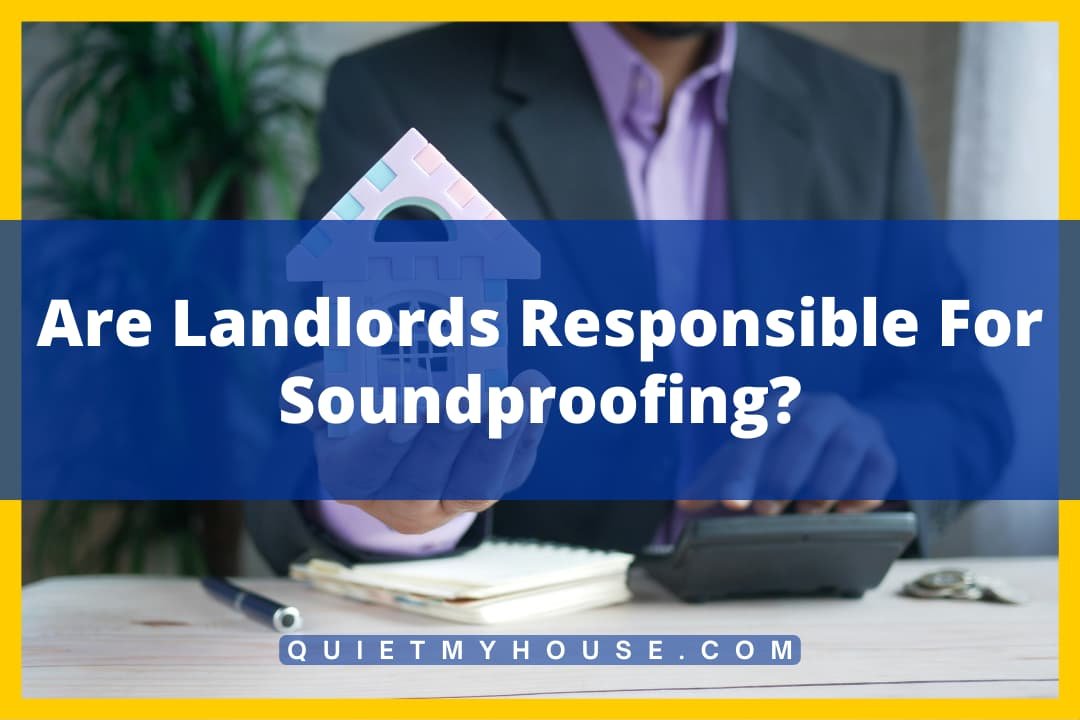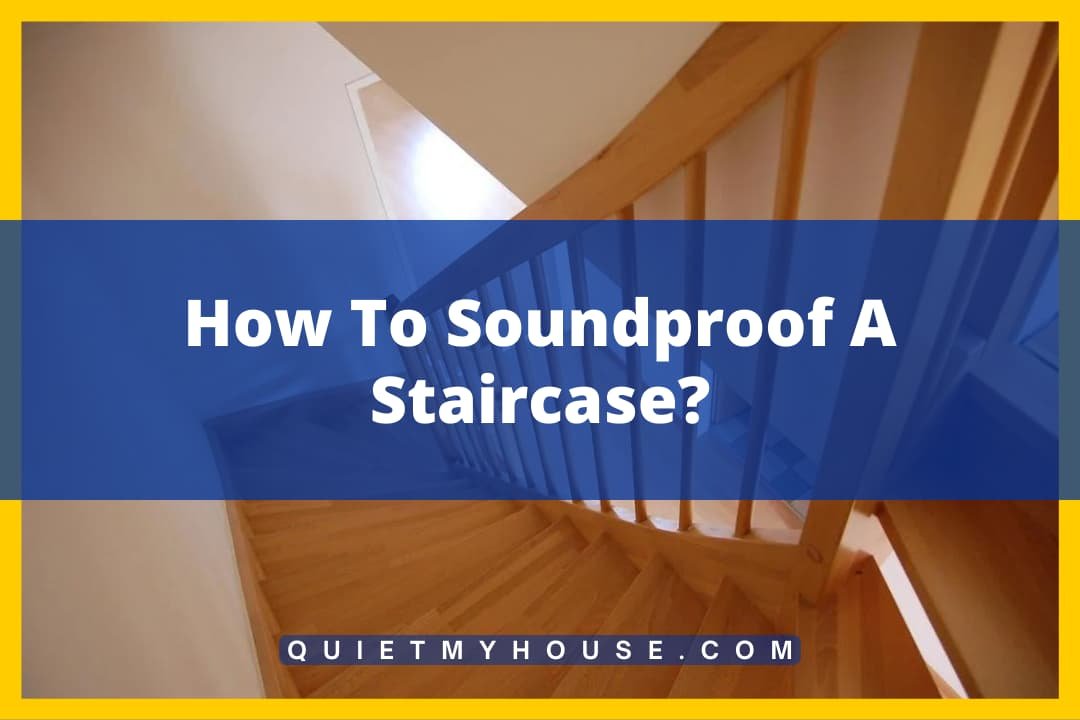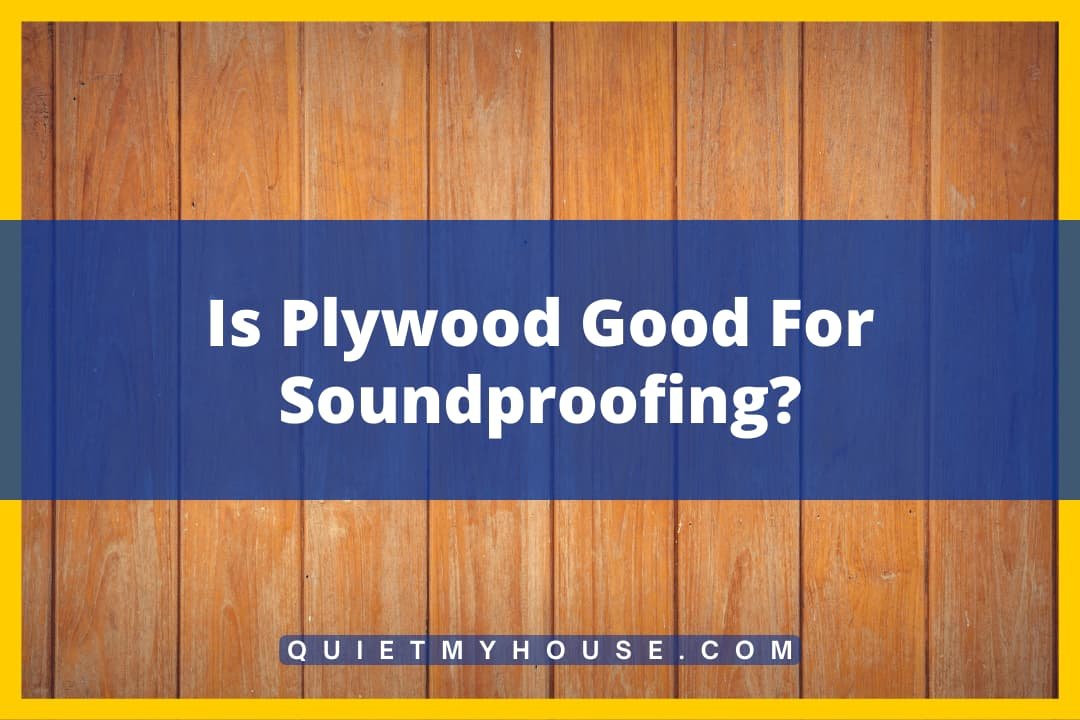You’ve chosen the character of charming wooden floors for your home, a perfect mix for the rustic or modern design you’re aiming for. However, you might find that these aesthetically pleasing floors can also have some downsides, particularly the noise.
This article is dedicated to helping you deal with the noise issue. You’ll find here a comprehensive guide on how to effectively soundproof wooden floors, layered with valuable insights from the practical to the technical.
This isn’t about compromising aesthetics over functionality, but achieving both. Now, let’s help those beautiful floors to keep the noise volume down.
Understanding Soundproofing
Whether you’re annoyed by noisy footsteps from above or trying to minimize the sound of your own footfall in your home, soundproofing is a helpful solution. But what is soundproofing? It’s simply the method of minimizing sound pressure with the use of certain elements or materials.
The science behind noise reduction
The science of soundproofing is based on two basic principles – absorption and deflection. Absorption works by taking in the sound energy and converting it into heat, thus reducing the overall noise level.
Deflection, on the other hand, bounces the sound waves off surfaces, redirecting them and materially decreasing the sound that reaches your ears.
Types of sounds: Impact and Airborne noises
The types of noises are mainly divided into impact and airborne noises. Impact noise is created by the physical contact of an object against another, such as footsteps on a floor or a chair dragged across a room.
Airborne noise, conversely, is sound that travels through the air, like music, conversation, or the sound of a television.
Need for soundproofing wooden floors
Wooden floors, while beautiful and classy, are often conduits for both impact and airborne sounds. The rigid structure of the wood can transmit sound very efficiently, making the noise level high.
That’s why the need arises for soundproofing wooden floors: to create a quiet and peaceful environment in your house or your office.
Initial Evaluations
Before going straight into the process of soundproofing, it’s important to make several evaluations first.
Assessing the type and level of noise
Every noise mitigation project starts with an assessment of the noise problem. Identifying the type and level of noise helps to select the most appropriate soundproofing method.
You should observe whether the noise is impact, airborne, or both, and how severe it is in order to best tailor your soundproofing techniques.
Inspection of the existing wooden floor
Additionally, the existing condition of your wooden floor should be inspected. Look for any gaps, cracks, or loose planks that might allow the sound to pass through more easily. These floors may also have unevenness, causing the footfall sound to be louder in some areas than others.
Identifying the sources of noise
Finally, identifying where the noise is coming from is crucial. Even when the main source is the floor, noise could also be coming from the walls or the ceiling. Identifying all sources will help you create a more comprehensive soundproofing plan.
Choosing the Right Soundproofing Material
Many different materials can be used for soundproofing, each with pros and cons you need to consider.
Comparing different soundproofing materials
Common soundproofing materials include mass-loaded vinyl, green glue, foam mats, and fiberglass insulation. Each material has different sound absorption and deflection properties, plus differences in cost, longevity, and ease of installation.
The advantages and disadvantages of each material
Mass-loaded vinyl is heavy and efficient but considerably more expensive. Green glue can be easy to apply and it’s great for reducing airborne sound, though it doesn’t perform as well with impact noise.
Foam mats are affordable and easy to install, while fiberglass insulation offers efficient sound absorption but is tougher to install.
Selection based on type of noise and budget constraints
The ideal soundproofing material for you will largely depend on the type of noise you’re dealing with and your budget. For example, if impact noise is your main concern, mass-loaded vinyl might be the best choice. If you are on a tight budget, foam mats may be more appropriate.
Using Soundproofing Insulation
Insulation is one of the best ways to soundproof a wooden floor, with different types available for different needs.
Introduction to soundproofing insulation
Soundproofing insulation is designed to absorb sound waves and reduce the amount of noise transmitted through walls and floors. This insulation isn’t just for thermal purposes; it’s designed specially to block out sounds too.
How to choose the right insulation
Choosing the right insulation involves understanding the noise you are trying to reduce, the size and type of your floor, and your available budget.
Fiberglass, cellulose, and foam insulations are common choices, with foam typically being the best for noise reduction but also the most expensive.
Installation process details
Installation mostly involves placing the insulation material between the floor and subfloor or between the floor joists. It’s recommended that you hire a professional for this task if you aren’t an experienced DIYer, to ensure the job is done correctly.

Soundproofing with Floor Underlays
Floor underlays can be a super-effective yet easy addition for soundproofing a wooden floor.
What are floor underlays
Floor underlays are materials used in flooring to provide additional comfort, reduce wear, and – most importantly for you – lessen noise.
Selecting suitable floor underlays for wooden floors
Choose an underlay designed specifically for sound reduction. Look for one with good density and thickness as these are the most effective for soundproofing. An underlay with a moisture barrier is a good choice if moisture is an issue in your home.
Proper installation of floor underlays
Laying floor underlay is usually straightforward. Simply roll out the underlay across your subfloor, tape the seams, and install the flooring on top. Be sure to follow the manufacturer’s instructions closely for the best results.
Layering the Wooden Floor
Layering your wooden floor can also enhance its soundproof properties.
Choosing the right layering materials
Layering materials can range from a simple carpet to specialized soundproofing compound layers. Each has its own levels of effectiveness and costs.
Process of applying layers on wooden floor
Layering a wooden floor involves adding extra material on top of the existing floor. For instance, you might lay down a carpet or place a soundproofing mat, followed by another layer of a soundproofing barrier, before finally installing a final layer, like a thick rug for added insulation.
The impact of layering on soundproofing
Layering can oofer exceptional soundproofing results. You can substantially reduce both impact and airborne noise with the right combination of layers, and you’ll likely notice an improvement in the thermal efficiency of your space too.

Utilizing Soundproofing Mats
Soundproofing mats are a simple and flexible option for noise reduction.
Benefits of soundproofing mats
Soundproofing mats are easy to install and can be cut to fit any space. They reduce both airborne and impact noise effectively, and they’re a cost-effective solution that’s good for your wallet.
Purchasing and placing of soundproofing mats
Soundproofing mats can be purchased from most home improvement and hardware stores. Simply lay them on your floor and cover them with your chosen floor covering. It’s as simple as that!
Effective ways to use soundproofing mats in conjunction with other methods
Combining soundproofing mats with other methods such as insulation or underlays can provide even better sound reduction. It’s a flexible, easy option that adds an extra layer of sound protection.
Installation of Drywall
To further reduce noise transmission, installing a layer of drywall on your floor can be a good idea.
Understanding the role of drywall in soundproofing
Drywall, particularly denser types, can aid soundproofing by adding mass to the floor structure, helping to reduce both airborne and impact noise.
How to install drywall for soundproofing
Drywall installation for soundproofing involves cutting the drywall to fit your floor, applying adhesive, and positioning the drywall. It’s normally then covered with a floor covering. It’s a task you could complete yourself, but you might prefer to hire a professional to ensure it’s done right.
Balancing aesthetics and functionality when using drywall
While drywall is functional for soundproofing, you also need to take into consideration the visual aspect. Your choice of floor covering can help you maintain a stylish interior, while also enhancing soundproofing.
Introduction to Noise Absorption Additives
Noise absorption additives are substances you can add to floor underlays, mats, or adhesives to enhance their soundproofing abilities.
Different kinds of noise absorption additives
Noise absorption additives come in various forms, including liquid additives you mix with underlay adhesive and powdered additives you can sprinkle onto an underlay.
How to apply these additives for best results
Using noise absorption additives is quite easy. You just need to mix or sprinkle the additive according to the manufacturer’s instructions, ensuring even distribution for maximum sound absorption.
Dos and don’ts of using noise absorption additives
Do be sure to follow manufacturer’s instructions, do wear appropriate safety gear, and don’t rush the process. Give the additive time to fully bond with the underlay or adhesive for the best results.
Repairs and Maintenance
Just like any home improvement project, maintenance is key to keeping your soundproofing effective.
Keeping up with maintenance to retain soundproofing
Regularly inspect your floors for any signs of wear and tear that might compromise their soundproofing performance. Pay close attention to high-traffic areas, as these will likely wear away faster.
Potential issues and troubleshooting steps
Some issues that might arise include peeling or loose floor coverings, or reduced soundproofing effectiveness. When these happen, troubleshooting can involve re-installing the floor covering or adding more soundproofing material.
When to call a professional for help
When your floor needs major repairs, or if you simply can’t identify why your soundproofing is not working as well as it should, it’s time to call in a professional. They’re equipped with the knowledge and tools to diagnose and remedy any issues quickly and efficiently.
You now have a solid understanding of how to soundproof a wooden floor – from understanding the basic concepts and conducting an initial evaluation, to choosing the right materials, installing them correctly, and ensuring the longevity of your soundproofing solution.
Remember, every space and every noise problem is unique, so take your time to choose the methods and materials that best suit your situation and budget.




